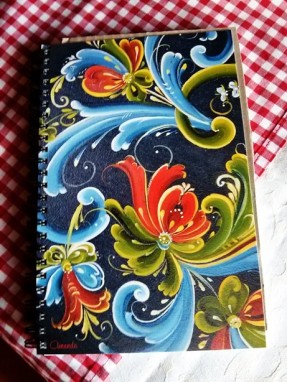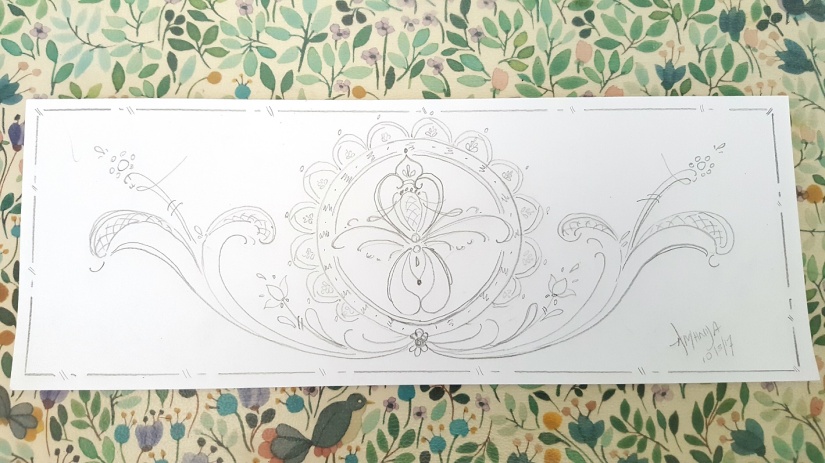
Every artistic piece contains some, or all, elements of design. These elements are then combined with a number of design ‘principles,’ in order to bring together an eye-pleasing, cohesive visual unit. Knowing these elements and how to use them, can make all the difference between being able to produce an eye pleasing piece of art, or a disjointed, unattractive one.
Elements and Principles of Design*
Every visual piece is comprised of certain design elements or parts which may include Line, Direction, Shape, Size, Texture, Value and Colour – in that order. Design Principles, (which I will talk about later), are applied to the elements in order to bring them together into a cohesive unit. How the principles are applied, determines the overall effectiveness of a design.
This week we will examine LINE as an element in art.

Week 2: Line
As an element of visual art, line can be straight, swirly, wavy, jagged, dotted, dashed, broken, thick, thin, zig zag, diagonal, vertical, horizontal, curved, bold, parallel or perpendicular. It might outline a shape, form a pathway, (as in a curvy line), or a stroke. The line has width, or thickness, direction and length.
- Lines can also convey movement and mood. Thick, straight lines convey order, stoicism and rigidity and this can sometimes be monotonous. Flowing wavy lines create softness, interest and melody.
- In surface decoration, all lines should flow from a parent stem. No matter how distant, a line should be able to be traced all the way back to its branch and root.
Using Line in Rosemaling and Stylized Designs
A beautiful flowing design feels more natural and appealing to the eye, as the lines grow out from the other in gradual undulations. “If you have free movement in the lines and scrolls, you must have freedom in the flower and leaf forms to continue that feeling.” Nils Ellingsgaard said in his book,”Norwegian Folk art,”to “..beware of leaves painted at such an angle that they look as if they are falling off, or flowers that are way out on the end of a long stem.”

The lines depicting the leaves on the flower on the left, are set too far apart and seem separate. The leaves on the design on the right, are implied as being part of the flower, and the base is hidden underneath the flower, thus, they have become an integral part of the design element.
Lines might be used as a border framing our design; lines might be cross hatching and even tangential lines can indicate a change in value, such as that which may simulate depth of an object, or a three dimensional quality.

Whilst our design ‘lines’ should aim for a cohesive design, it is okay to deliberately use broken lines in certain instances. In this case, our minds will fill in the gaps. Using deliberate, broken lines and varying their thickness and length, adds interest and moreover, is an excellent opportunity to add small details or embellishments, if you so wish.
Embellishments or liner work is another way to use ‘line’ to add vitality to a drawing or a Rosemaling design. Nils Ellingsgaard said, “The skill of the Rosemaler is in direct proportion to the amount of variety he/she can get in his strokes.”

Something Arty to Ponder About
Previous weeks:
Follow me


Wonderful art and a really helpful post!
LikeLiked by 1 person
Thank you Lina!! It is nice to reciprocate all the helpful ifeas I have gotten about food from your blog!
LikeLiked by 1 person
Thank you 😊
LikeLike
The Rain
LikeLiked by 1 person
Is this where your inspiration comes from?
LikeLike
Great post! Lots of great design tips and info!
LikeLike
Thank you Lydia! I hope they are useful. Do you paint or sketch?
LikeLike
Great post! Really helpful tips 🙂
LikeLiked by 1 person
Thank you Effie! So kind of you to stop by.
LikeLiked by 1 person